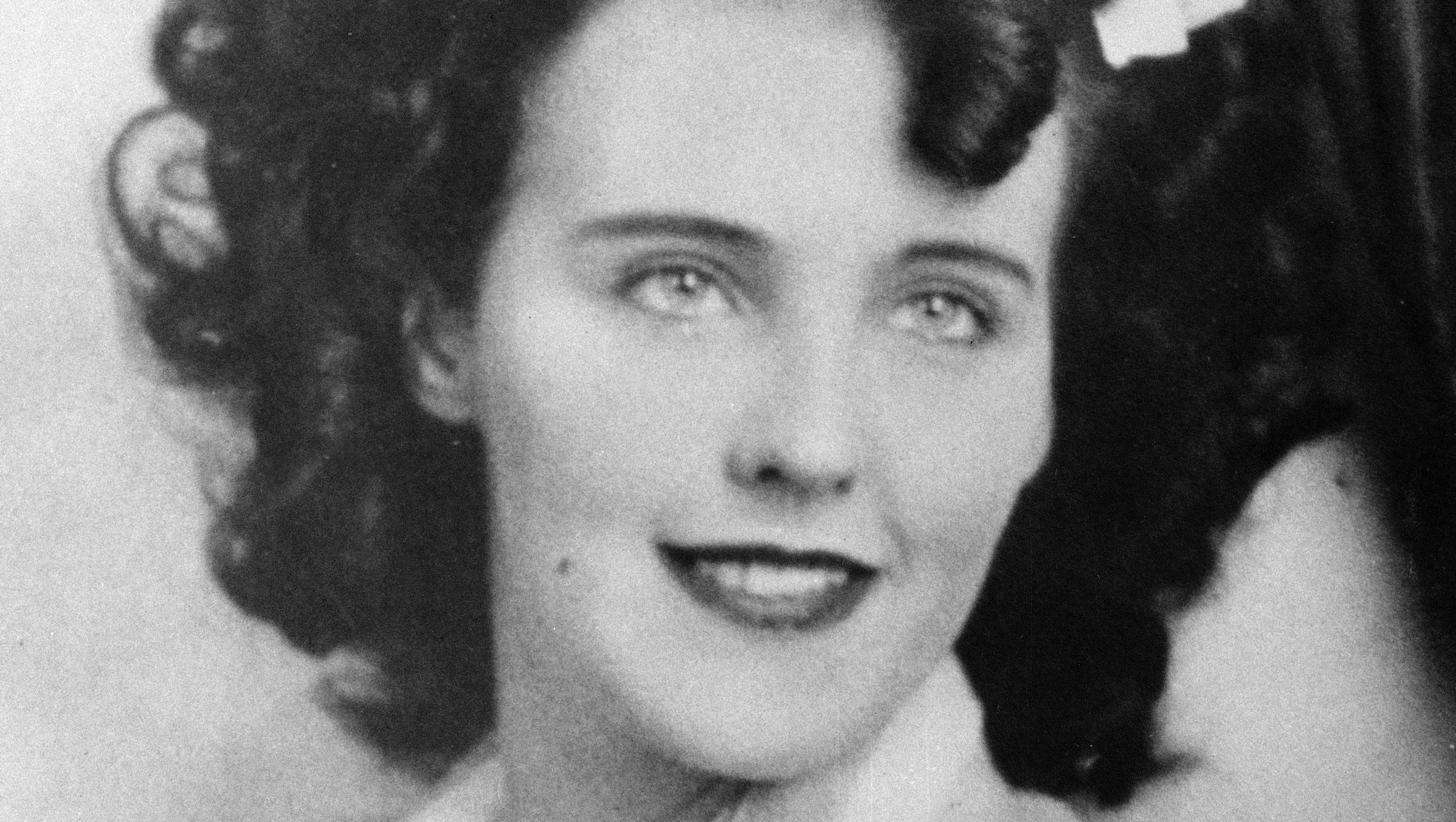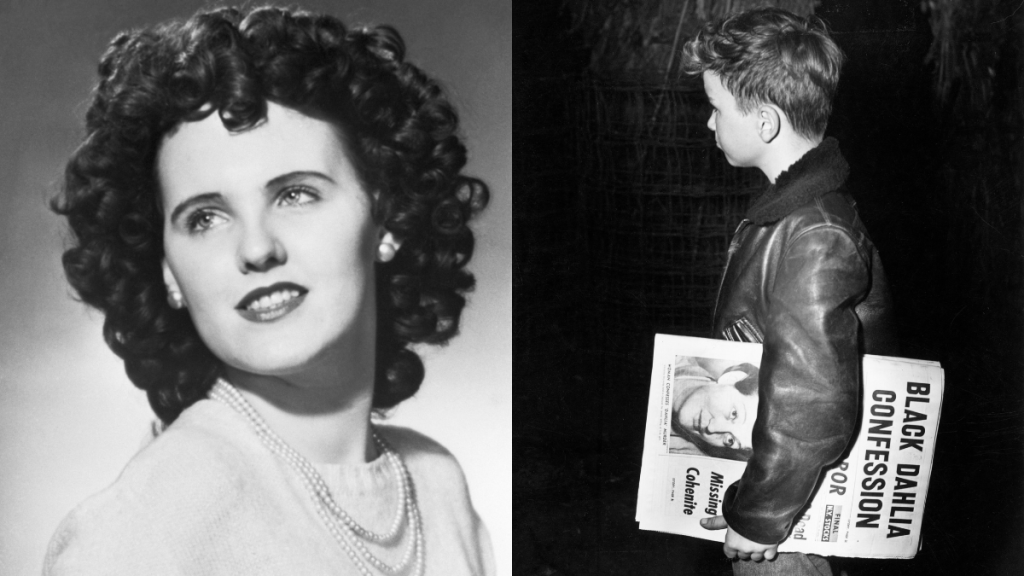The Black Dahlia case autopsy photos have long been a subject of fascination, mystery, and controversy. The murder of Elizabeth Short, also known as the Black Dahlia, remains one of the most infamous unsolved cases in American history. Her tragic story has captivated true crime enthusiasts, historians, and even Hollywood filmmakers. But what exactly do these autopsy photos reveal? Let’s dive into the chilling details behind this legendary case and uncover the truth that lies within the shadows of history.
This case has been dissected and discussed for decades, yet it continues to baffle investigators and the public alike. The Black Dahlia case autopsy photos are more than just graphic images; they’re pieces of a puzzle that have yet to be fully assembled. For those who seek to understand the dark underbelly of crime in Los Angeles during the 1940s, these photos provide a haunting glimpse into the brutality of the crime.
As we explore the details surrounding the Black Dahlia case autopsy photos, we’ll uncover the truth behind the evidence, the theories, and the people involved. This story is not just about the murder itself but also about the enduring legacy of Elizabeth Short and the impact her case has had on the world of true crime investigation.
Read also:Matthew Lillard The 90s Icon Who Defined A Generation
Who Was Elizabeth Short? A Brief Biography
Before we delve into the Black Dahlia case autopsy photos, it’s essential to understand who Elizabeth Short was. Born on July 29, 1924, in Boston, Massachusetts, Short was a young woman with dreams of becoming a Hollywood starlet. Her life, however, was tragically cut short at the age of 22 when she was found murdered in a vacant lot in Los Angeles.
Below is a quick overview of Elizabeth Short’s life:
| Full Name | Elizabeth Short |
|---|---|
| Birthdate | July 29, 1924 |
| Place of Birth | Boston, Massachusetts |
| Occupation | Aspiring actress |
| Date of Death | January 15, 1947 |
Elizabeth Short’s life was marked by ambition and tragedy, making her one of the most enigmatic figures in true crime history.
Understanding the Black Dahlia Case Autopsy Photos
The Black Dahlia case autopsy photos are a collection of images taken during the investigation of Elizabeth Short’s murder. These photos depict the gruesome details of her death, including the infamous "Garden of Death" where her body was discovered. The images are not only disturbing but also crucial to understanding the crime.
Why Are These Photos Important?
For investigators, the autopsy photos provided vital clues about the nature of the crime. They revealed the severity of the injuries inflicted on Elizabeth Short and helped to establish the timeline of events leading up to her death. The photos also highlighted the precision with which the killer had staged the crime scene, suggesting a level of meticulous planning.
Here’s a list of key details revealed by the Black Dahlia case autopsy photos:
Read also:Damian Hardung The Rising Star Whorsquos Turning Heads
- Elizabeth Short’s body was found severed at the waist.
- Her face was severely mutilated, with cuts on her mouth extending to her ears.
- Her body was posed in a bizarre manner, with her hands positioned in a specific way.
- There were signs of ligature marks on her wrists and ankles.
The Investigation and Key Evidence
When the Black Dahlia case autopsy photos were released, they became a focal point of the investigation. Detectives meticulously examined each image, searching for any clues that might lead them to the killer. Despite their efforts, the case remains unsolved to this day.
What Did the Autopsy Reveal?
The autopsy report, combined with the photos, painted a disturbing picture of Elizabeth Short’s final moments. It was determined that she had suffered a violent death, with evidence of torture and mutilation. The report also indicated that she had been dead for several days before her body was discovered, leading investigators to believe she had been held captive prior to her murder.
Some key findings from the autopsy include:
- Elizabeth Short had been strangled to death.
- Her body showed signs of severe dehydration and starvation.
- There was no evidence of sexual assault.
Theories Surrounding the Black Dahlia Case
Over the years, numerous theories have emerged regarding the identity of the Black Dahlia killer. Some suggest that the murderer was someone close to Elizabeth Short, while others believe it was a random act of violence. The Black Dahlia case autopsy photos have fueled many of these theories, providing both evidence and speculation.
Top Theories About the Killer
- The Jailed Suspect Theory: Several men were arrested and questioned during the investigation, but none were ever formally charged.
- The Copycat Killer Theory: Some believe the murder was inspired by earlier crimes, such as the "Lipstick Murders" committed by William Heirens.
- The Hollywood Connection: Given Elizabeth Short’s aspirations as an actress, some have speculated that her killer was someone within the entertainment industry.
While these theories are intriguing, none have been proven, leaving the case wide open for further exploration.
The Impact on True Crime Culture
The Black Dahlia case autopsy photos have had a lasting impact on true crime culture. They have inspired countless books, documentaries, and films, including the 2006 movie "The Black Dahlia." The images have become a symbol of the dark side of Los Angeles during the post-war era, capturing the public’s imagination and fueling fascination with the case.
For many, the photos represent more than just a crime scene; they symbolize the vulnerability of young women in a world that often fails to protect them. The Black Dahlia case autopsy photos have become a reminder of the importance of justice and the need to solve these cold cases.
How Has the Case Influenced Modern Investigations?
Despite the lack of resolution in the Black Dahlia case, it has influenced modern investigative techniques. The use of forensic science, DNA analysis, and psychological profiling has advanced significantly since the 1940s. While the Black Dahlia case autopsy photos may not have provided definitive answers, they have contributed to the evolution of crime-solving methods.
Legal and Ethical Implications
Releasing the Black Dahlia case autopsy photos to the public has raised important legal and ethical questions. Should such graphic images be made available for public consumption? What are the implications for the victim’s family and the integrity of the investigation?
These questions have sparked debates about the role of media in true crime cases. While some argue that the photos are essential for transparency and accountability, others believe they exploit the victim and violate privacy rights.
Should Autopsy Photos Be Publicly Available?
Here’s a breakdown of the arguments:
- Pro: Autopsy photos can help solve cases by providing evidence and encouraging public involvement.
- Con: Releasing such images can be traumatic for the victim’s family and may sensationalize the crime.
Ultimately, the decision to release autopsy photos must balance the need for justice with the rights of the victim and their loved ones.
Lessons Learned from the Black Dahlia Case
The Black Dahlia case autopsy photos offer valuable lessons for both investigators and the public. They highlight the importance of thorough investigations, the need for advanced forensic techniques, and the ethical considerations surrounding the release of sensitive materials.
For true crime enthusiasts, the case serves as a reminder of the complexities involved in solving cold cases. It underscores the importance of perseverance, attention to detail, and a commitment to justice, even in the face of overwhelming odds.
What Can We Learn from the Photos?
The Black Dahlia case autopsy photos teach us several important lessons:
- The value of preserving evidence for future analysis.
- The necessity of maintaining ethical standards in investigations.
- The importance of respecting the dignity of victims and their families.
The Future of the Black Dahlia Case
While the Black Dahlia case remains unsolved, advancements in technology and forensic science offer hope for a potential breakthrough. Cold case units around the world continue to revisit old cases, using modern methods to analyze evidence that was previously unavailable.
For those who study the Black Dahlia case autopsy photos, the possibility of uncovering new leads remains a tantalizing prospect. The case serves as a testament to the enduring quest for justice and the resilience of those who refuse to let the memory of Elizabeth Short fade into obscurity.
Will the Case Ever Be Solved?
While no one can predict the future, the continued interest in the Black Dahlia case autopsy photos suggests that the search for answers will persist. As new technologies emerge and old evidence is reexamined, the possibility of solving the case becomes more tangible.
Conclusion
The Black Dahlia case autopsy photos continue to captivate and disturb audiences worldwide. They provide a window into one of the most infamous unsolved crimes in history, offering both evidence and mystery. While the case remains open, the lessons learned from the investigation and the ethical considerations surrounding the release of such images are invaluable.
We invite you to share your thoughts on the Black Dahlia case in the comments below. Do you believe the case will ever be solved? What role do you think the autopsy photos play in the investigation? Let’s continue the conversation and keep the memory of Elizabeth Short alive.
Table of Contents
- Who Was Elizabeth Short? A Brief Biography
- Understanding the Black Dahlia Case Autopsy Photos
- Why Are These Photos Important?
- The Investigation and Key Evidence
- What Did the Autopsy Reveal?
- Theories Surrounding the Black Dahlia Case
- The Impact on True Crime Culture
- Legal and Ethical Implications
- Lessons Learned from the Black Dahlia Case
- The Future of the Black Dahlia Case



